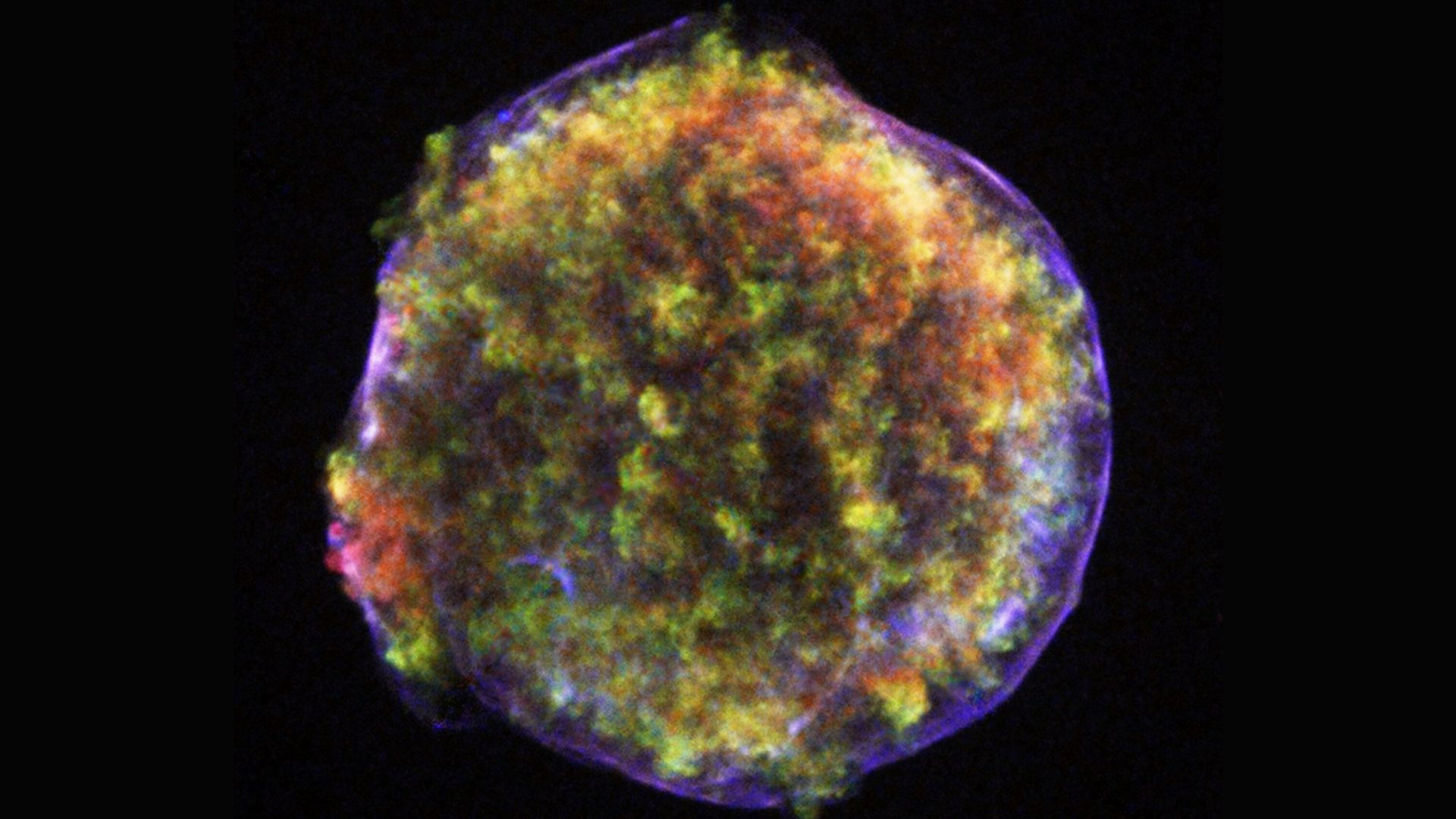Space calendar 2025: Rocket launches, skywatching events, missions & more!
Keep up to date with the latest space events with our 2025 space calendar!
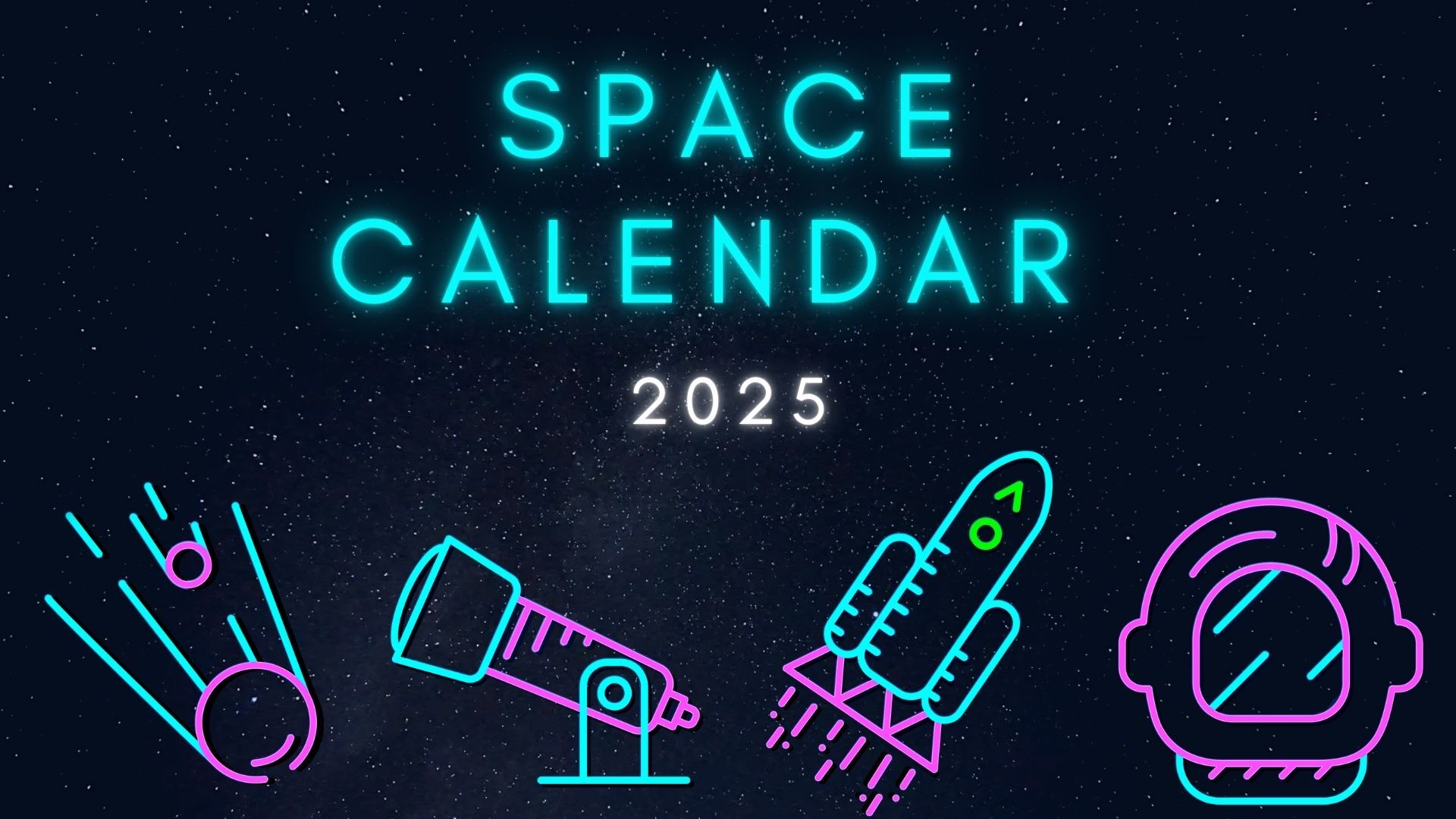
Please note: Launch dates are subject to change. Please DO NOT schedule travel based on launch dates you see here.
Related: On This Day in Space!
The brightest planets in November's night sky: How to see them (and when)
Night sky, November 2025: What you can see tonight
Is there a rocket launch today?
November 2025
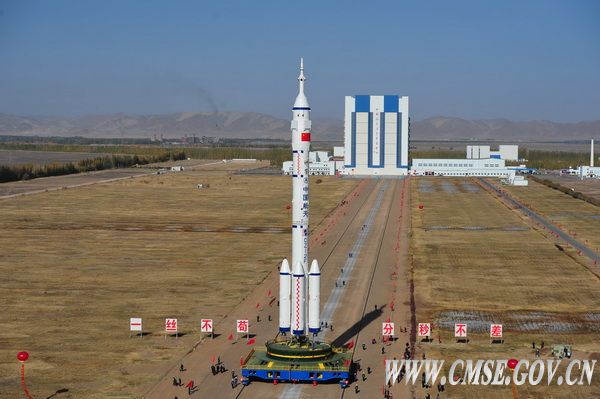
November 24, 11:11 p.m. EST (0411 GMT, Nov. 25): The China Aerospace Science and Technology Corporation (CASC) will launch an empty crew capsule on a Long March 2F rocket to provide a spacecraft for astronauts aboard the Tiangong space station, who's ride to space was used to ferry home Shenzhou 20 astronauts after their capsule was struck by debris. The mission will liftoff from Launch Area-4 (LA-4), at the Jiuquan Satellite Launch Center (JSLC), in China.
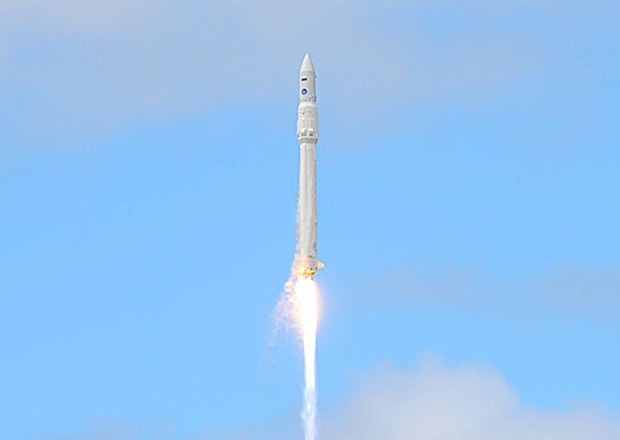
November 25, 8:00 a.m. EST (1300 GMT): Russian will launch a classified payload board an Angara 1.2 rocket. The rocket will launch from Plesetsk Cosmodrome, in northwestern Russia.
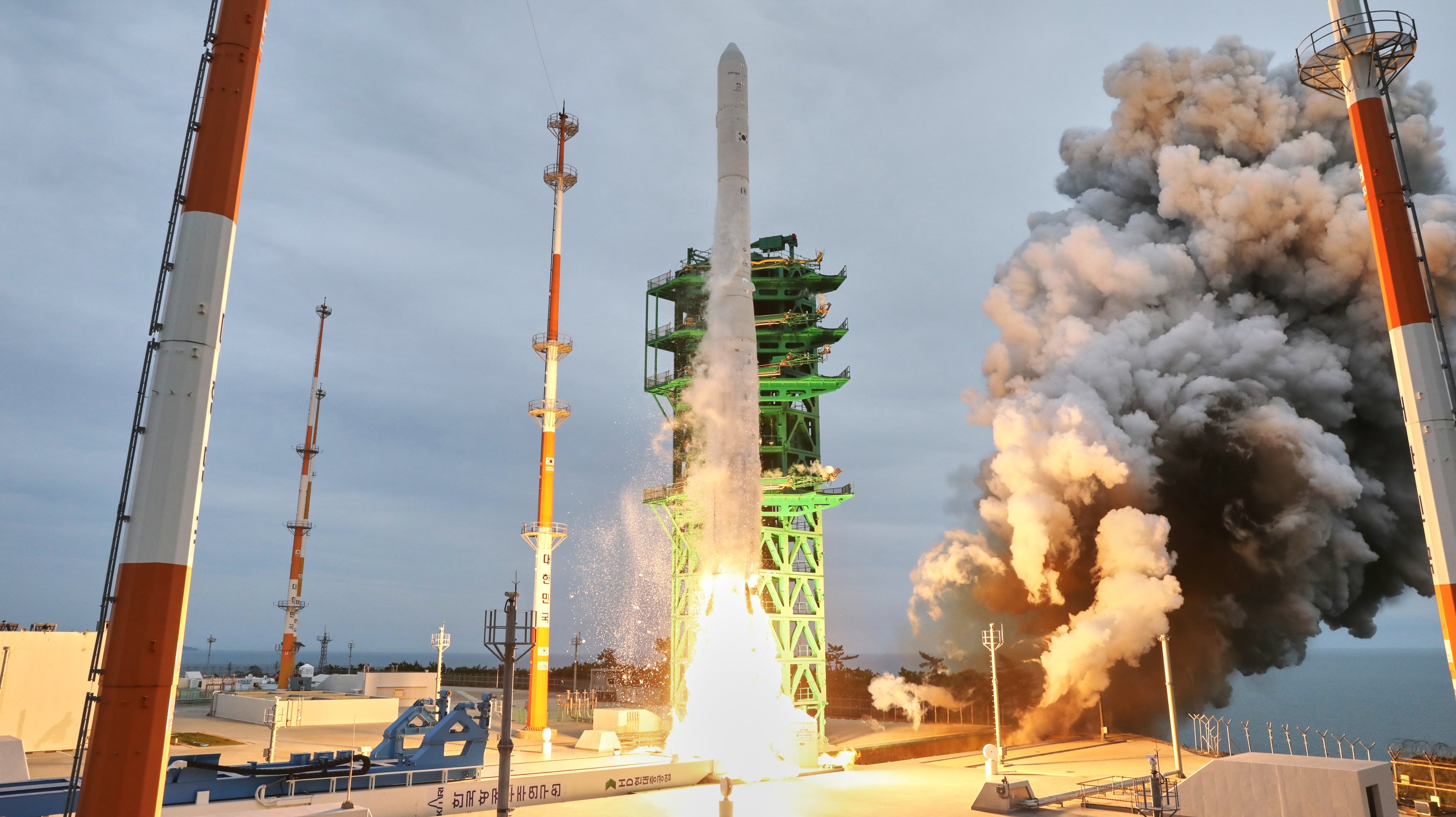
November 26, 10:54 a.m. EST (1554 GMT): Korea Aerospace Research Institute (KARI), South Korea's space agency, will launch a Nuri rocket from Naro Space Center on South Korea's south coast. The mission will carry the CAS500-3 Earth observation satellite.
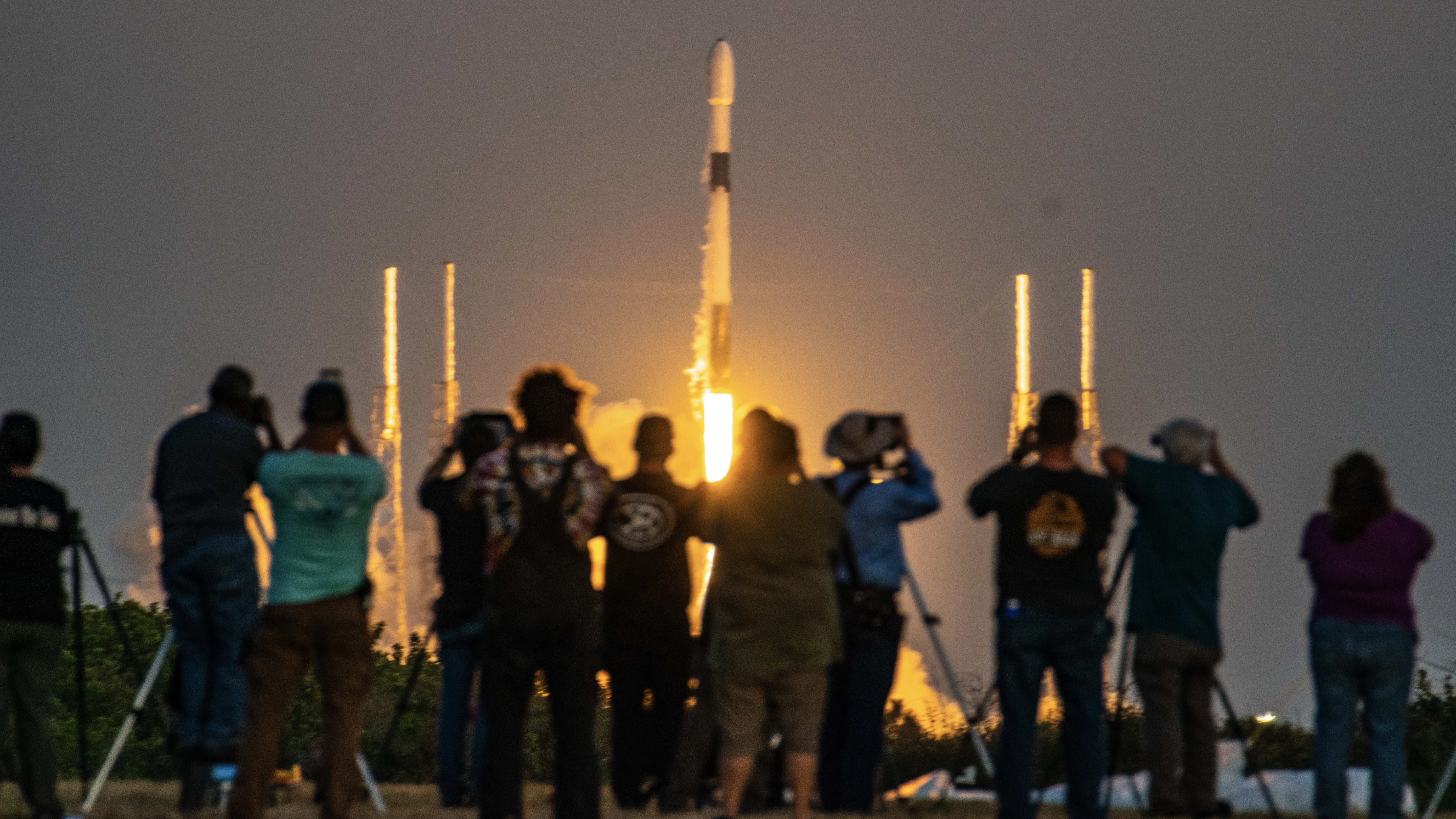
November 26, 1:18 p.m. EST (1718 GMT): SpaceX will launch the Transporter 15 mission. As its name suggests, Transporter 15 is the 15th mission in SpaceX's Transporter series, part of the company's SmallSat Rideshare Program to provide small satellite operators with affordable, regularly scheduled Falcon 9 rideshare missions to orbit.
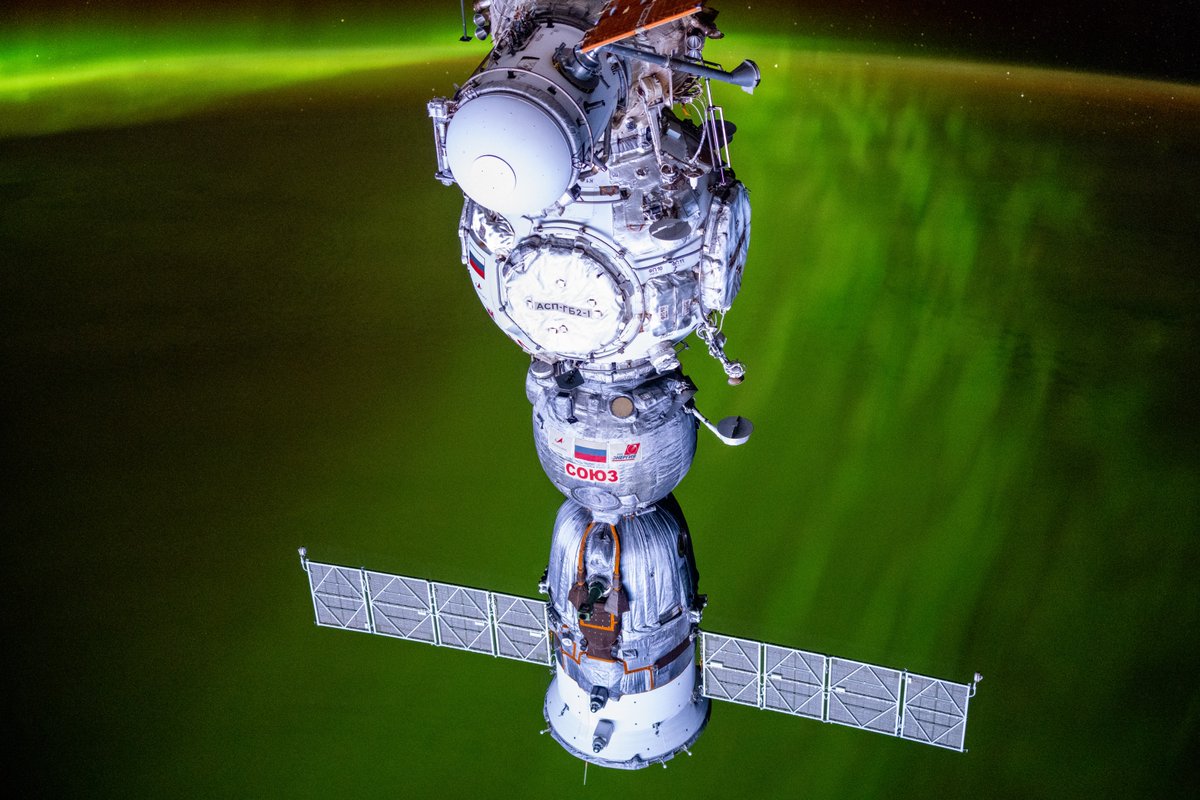
November 27, 4:27 a.m. EST (0927 GMT): NASA astronaut Chris Williams will launch on his first mission to the International Space Station, serving as a flight engineer and Expedition 74 crew member.
Williams will launch from the Baikonur Cosmodrome in Kazakhstan aboard the Roscosmos Soyuz MS-28 spacecraft in November, accompanied by Roscosmos cosmonauts Sergey Kud-Sverchkov and Sergei Mikaev. The trio will spend approximately eight months aboard the orbiting laboratory.

November 29, 7:00 p.m. EST (0000 GMT, Nov. 30): Blue Origin will launch its New Shepard rocket on the NS-37 mission carrying an unnamed crew on a suborbital flight. This will be New Shepard's ninth launch of 2025, and 16th crewed flight.
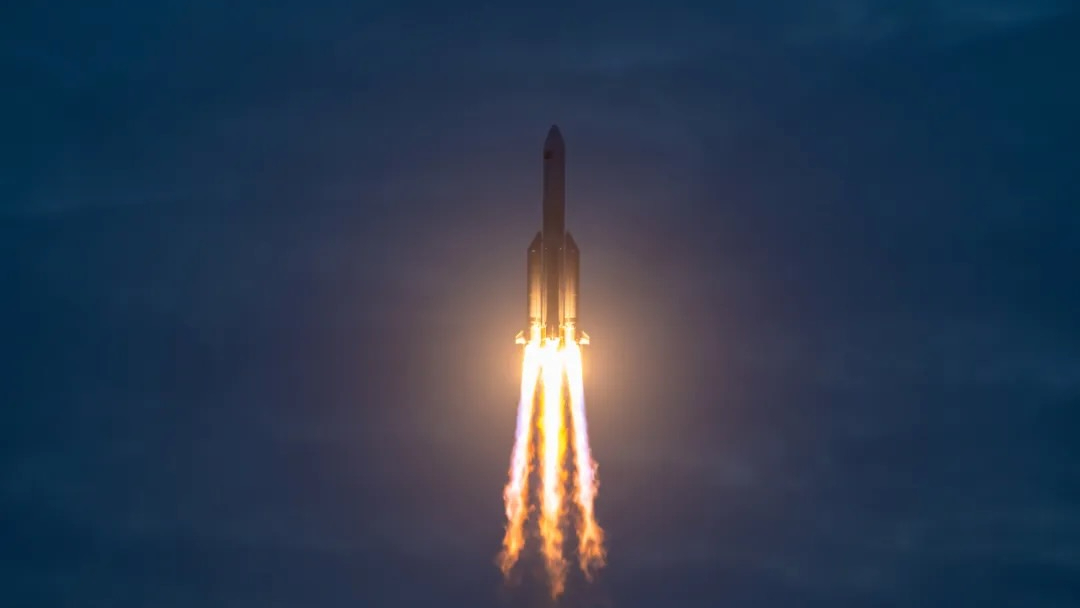
November 29, 7:00 p.m. EST (0000 GMT, Nov. 30): The China Aerospace Science and Technology Corporation (CASC) is expected to launch an unknown payload on a Long March 8A rocket. The mission will liftoff from the Wenchang Space Launch Center, China (WSLC), in China.
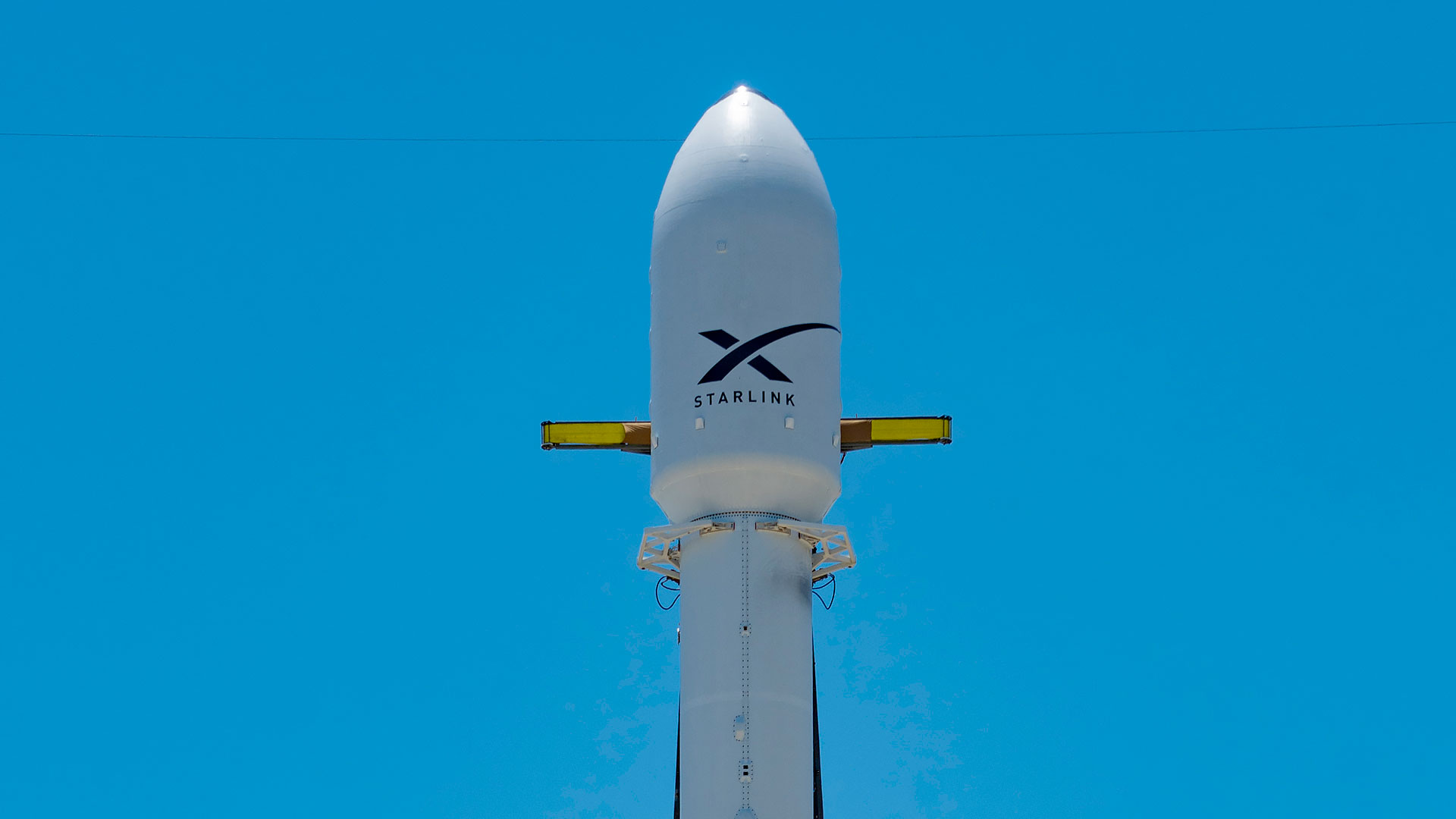
November 29, 9:59 p.m. EST (0259 GMT, Nov. 30): A SpaceX Falcon 9 rocket will launch a batch of Starlink satellites into low-Earth orbit (LEO), from SLC-4E; Vandenberg Space Force Base, California. SpaceX's megaconstellation of LEO Starlink satellites provide low-cost internet to locations around the globe, with nearly seven thousand currently in the orbital network.
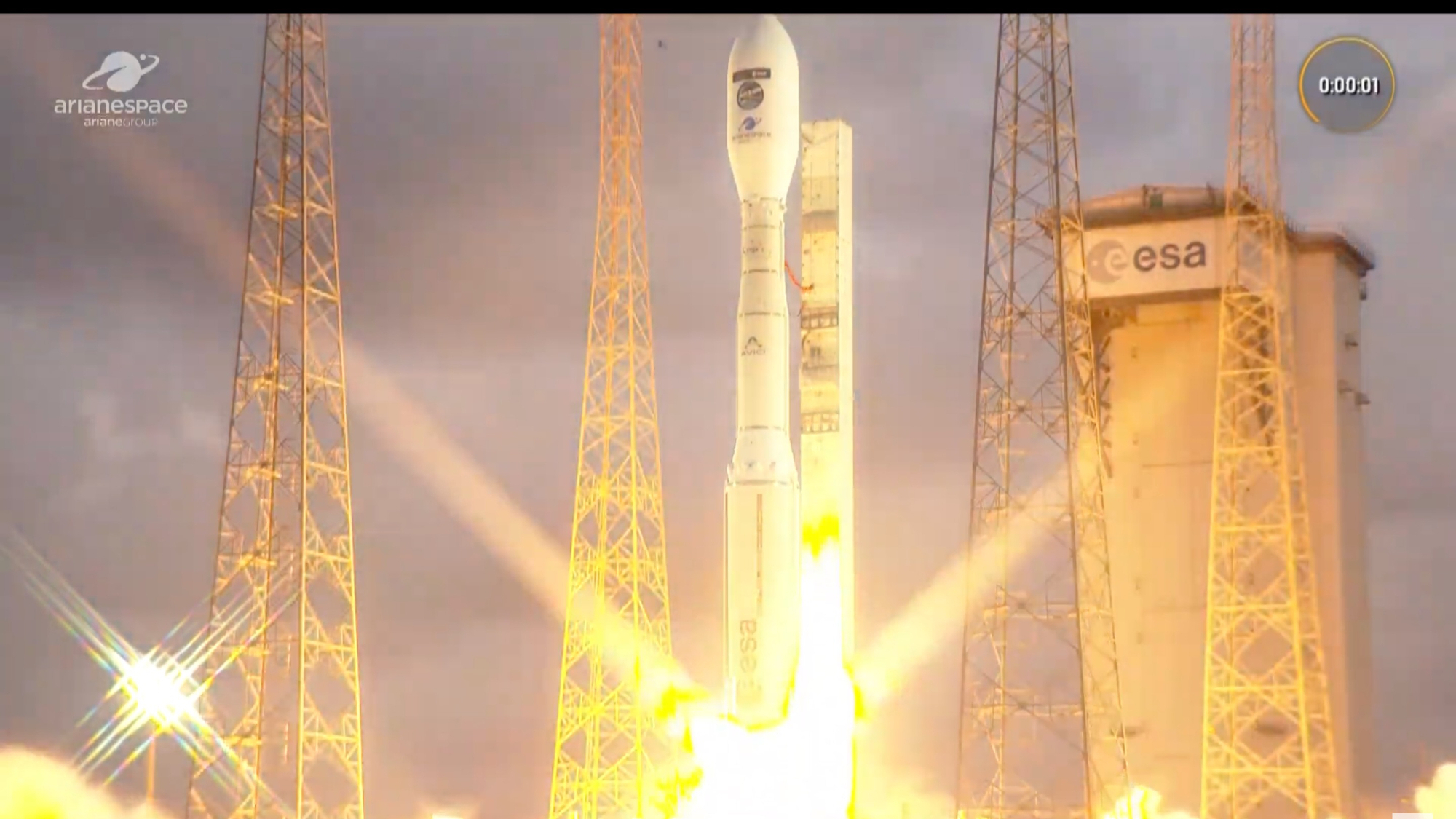
November 30, 12:21 p.m. EST (1721 GMT): Arianespace will launch KOMPSAT-7, a South Korean satellite designed to provide high-resolution Earth observation imagery. The mission will lift off from Europe’s Spaceport in French Guiana.
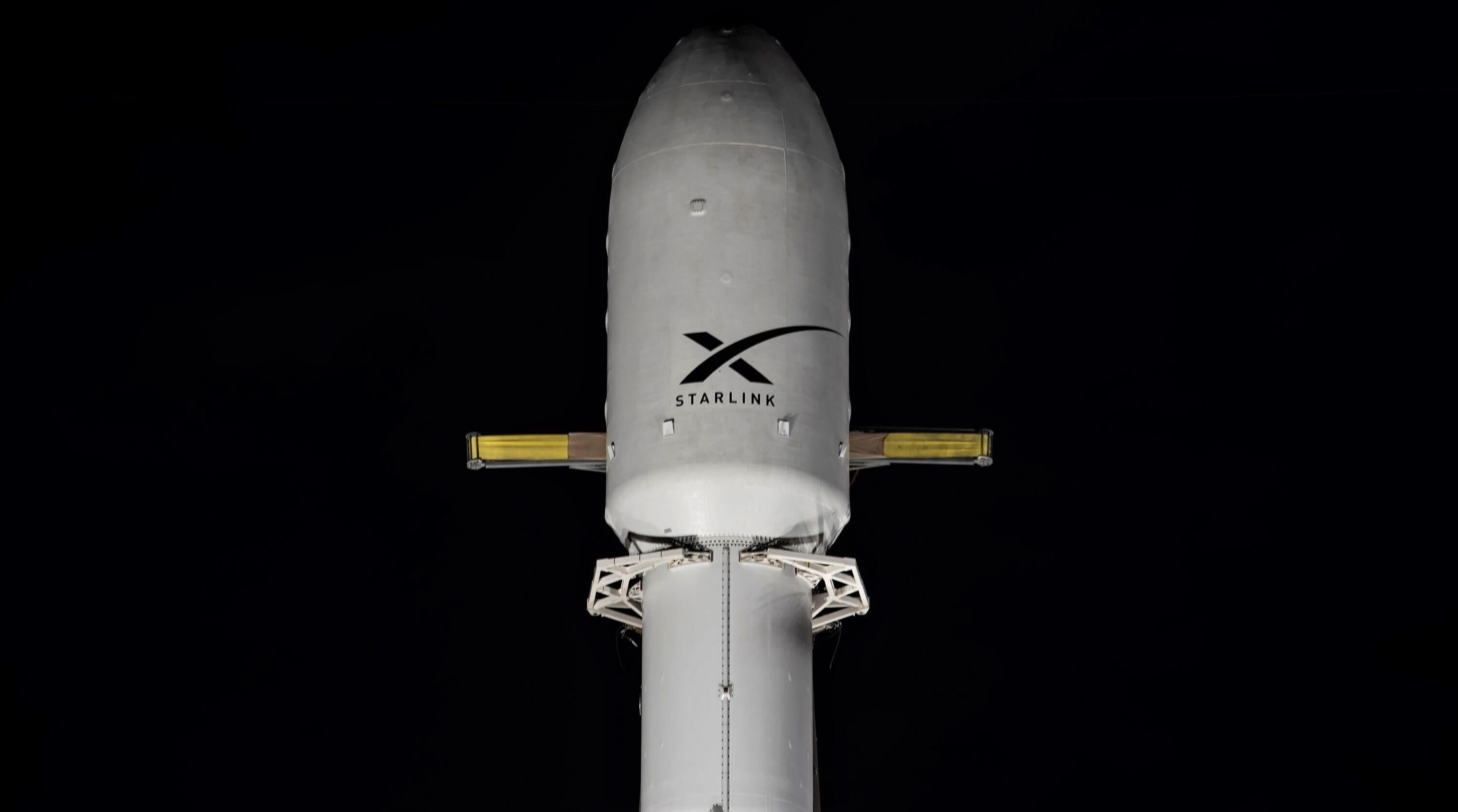
November 30, 3:11 p.m. EST (2011 GMT): A SpaceX Falcon 9 rocket will launch a batch of Starlink satellites into low-Earth orbit (LEO), from Launch Complex-40 (SLC-40), at Cape Canaveral Space Force Station, in Florida. SpaceX's megaconstellation of LEO Starlink satellites provides low-cost internet to locations around the globe, with nearly seven thousand currently in the orbital network.
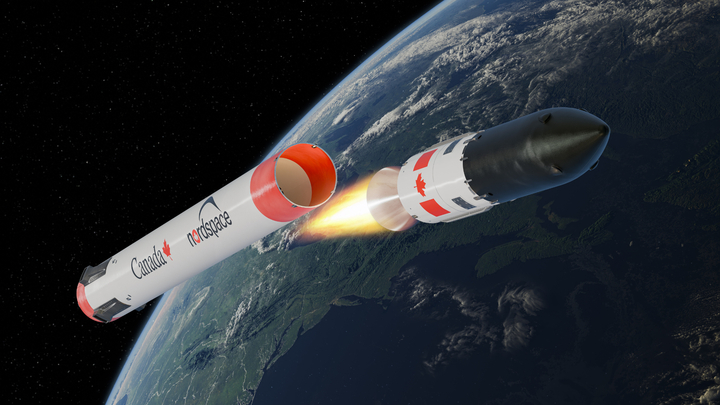
NET November: NordSpace will launch the first test flight of its suborbital Taiga rocket. The mission will launch from Space Launch Complex-02 (SLC-02) at the company's Atlantic Spaceport Complex (ASX), in Newfoundland, Canada. The mission, "Getting Screeched In", will launch Taiga on a low-altitude flight to test its primary systems.
December 2025
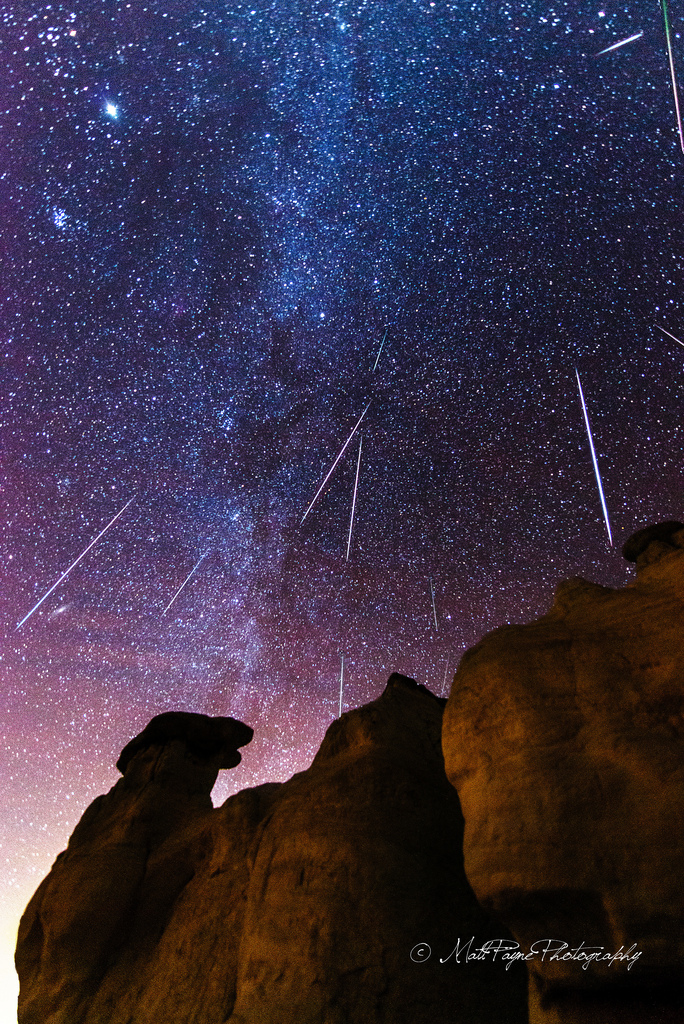
Dec 13, 8 pm ET (0000 GMT Dec. 14): The Geminid meteor shower peaks overnight on Dec. 13 and Dec. 14. The Geminids are active between Nov. 19 to Dec. 24 each year. Unlike a majority of the meteor showers we see on Earth, the Geminids are the product of an asteroid, not a comet.
-
Read More: Geminid meteor shower 2025: When, where and how to see one of the best meteor showers of the year
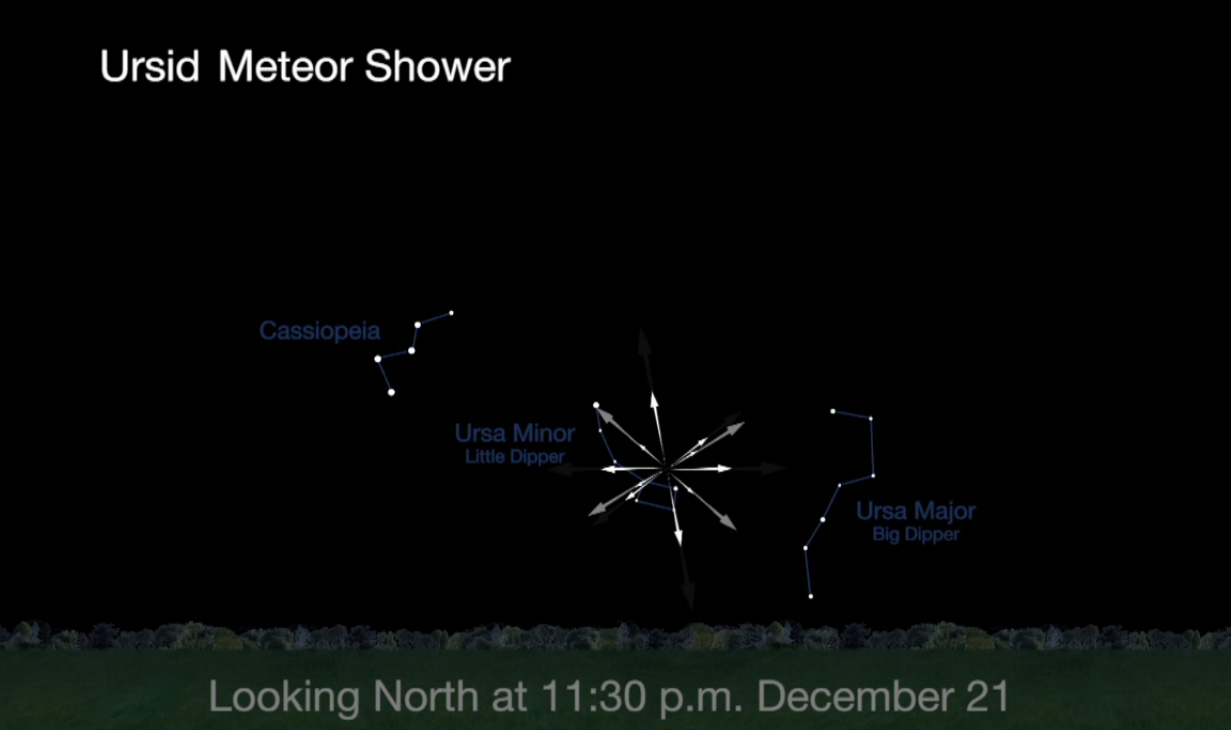
Dec 21, 8 pm ET (0000 GMT Dec. 22): The Ursid meteor shower is active between Dec. 13 to Dec. 26 and will peak on Dec. 22. The best time to look out for Ursids is the evening of Dec. 21 through dawn.
-
Read More: Ursid meteor shower 2025: Everything you need to know
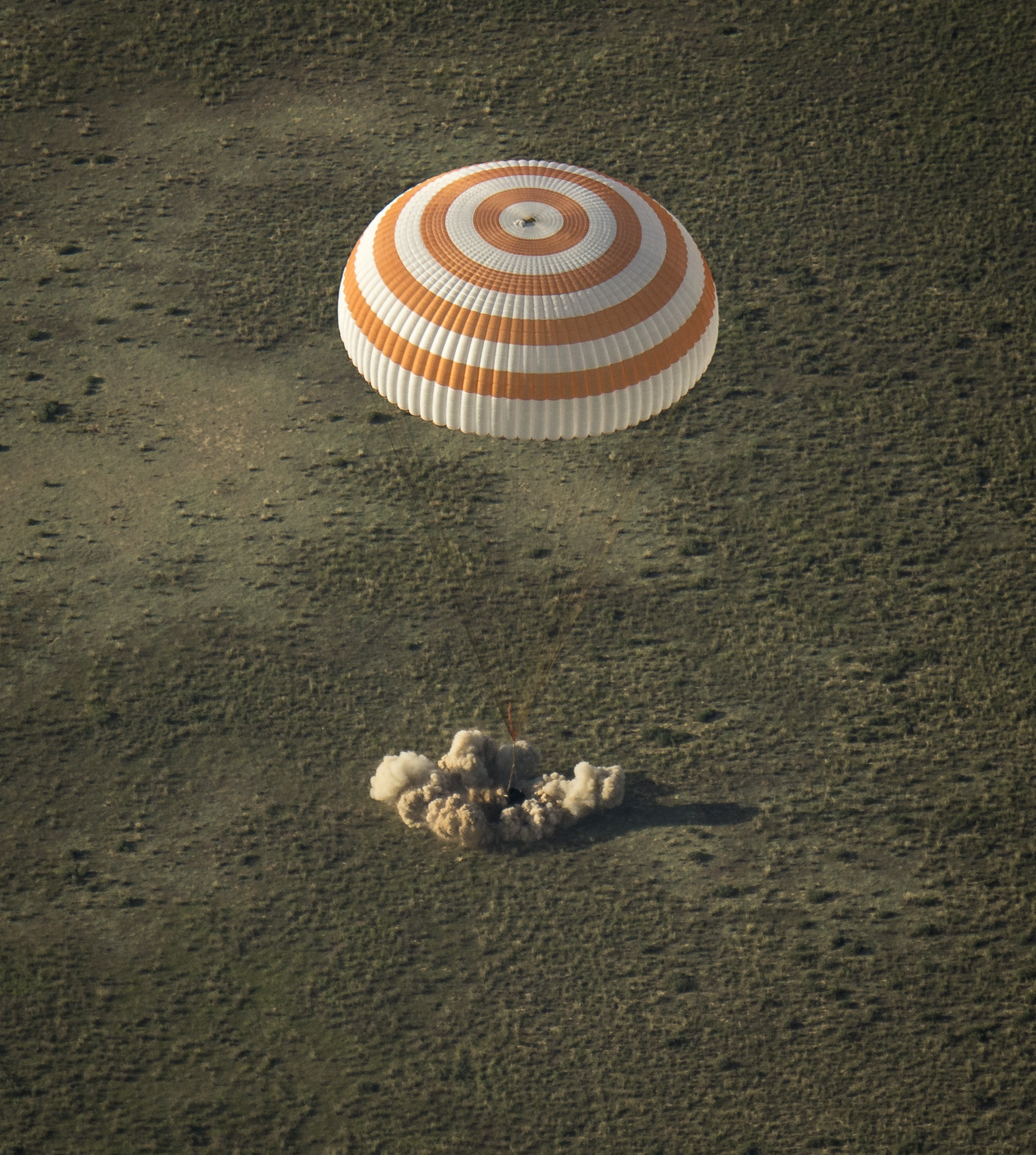
NET Dec: Roscosmos cosmonauts Sergei Ryzhikov and Alexei Zubritsky and NASA astronaut Jonathan Kim return to Earth aboard their Soyuz MS-27 spacecraft. They are scheduled to touchdown in Kazakhstan, wrapping up a six-month stint aboard the International Space Station.
2026
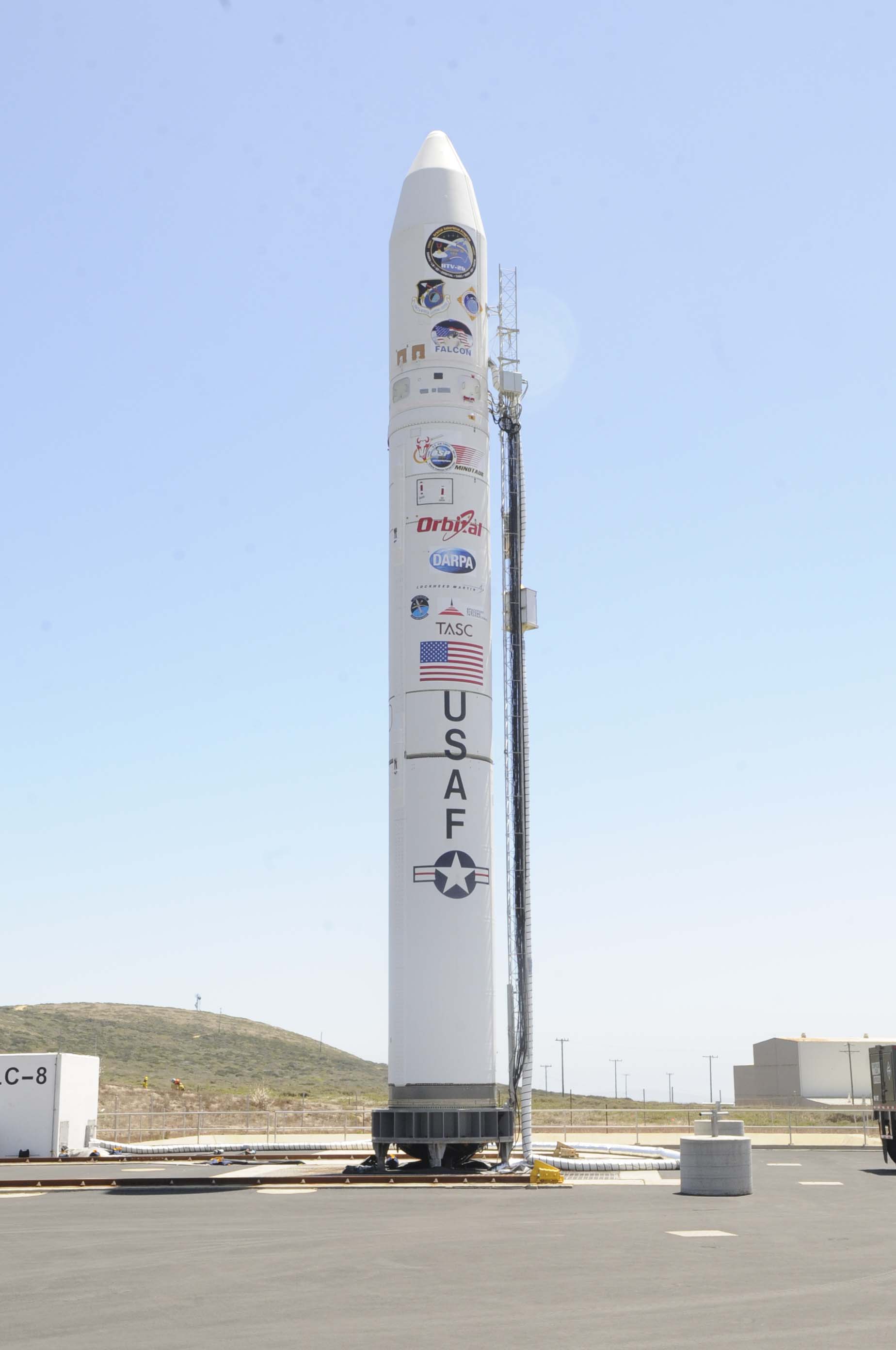
NET 2026: Northrup Grumman will launch the EWS OD-1 payload for the United States Space Force. The Electro-Optical/Infrared Weather System (EWS) Operational Demonstration-1 (OD-1) is a weather satellite made by General Atomics launching into low-Earth obit (LEO) on a Minotaur IV rocket from Space Launch Complex-8 (SLC-8) at Vandenberg Space Force Base (VSFB), in California.
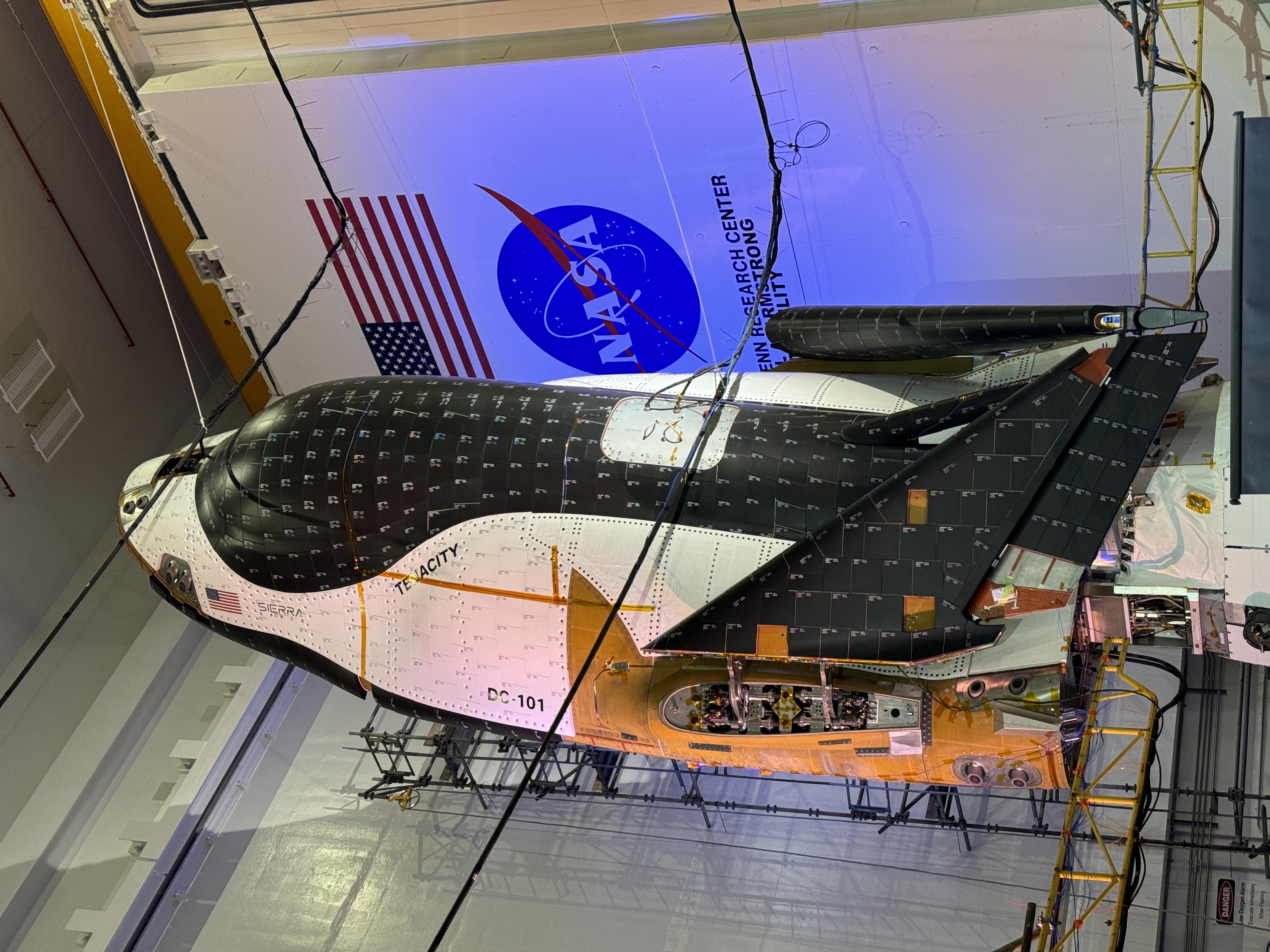
NET 2026: United Launch Alliance (ULA) will launch Sierra Space's Dream Chaser space plane aboard a Vulcan Centaur rocket. The mission will launch from Space Launch Complex-41 (SLC-41), at Cape Canaveral Space Force Station, in Florida. the first-ever winged commercial spaceplane, to the International Space Station.
-
Read more: ULA delays Dream Chaser space plane launch to certify Vulcan Centaur rocket for US military missions
January

NET 2026: NordSpace will launch the second test flight of its suborbital Taiga rocket. The mission will launch from Space Launch Complex-02 (SLC-02) at the company's Atlantic Spaceport Complex, in Newfoundland, Canada.
February
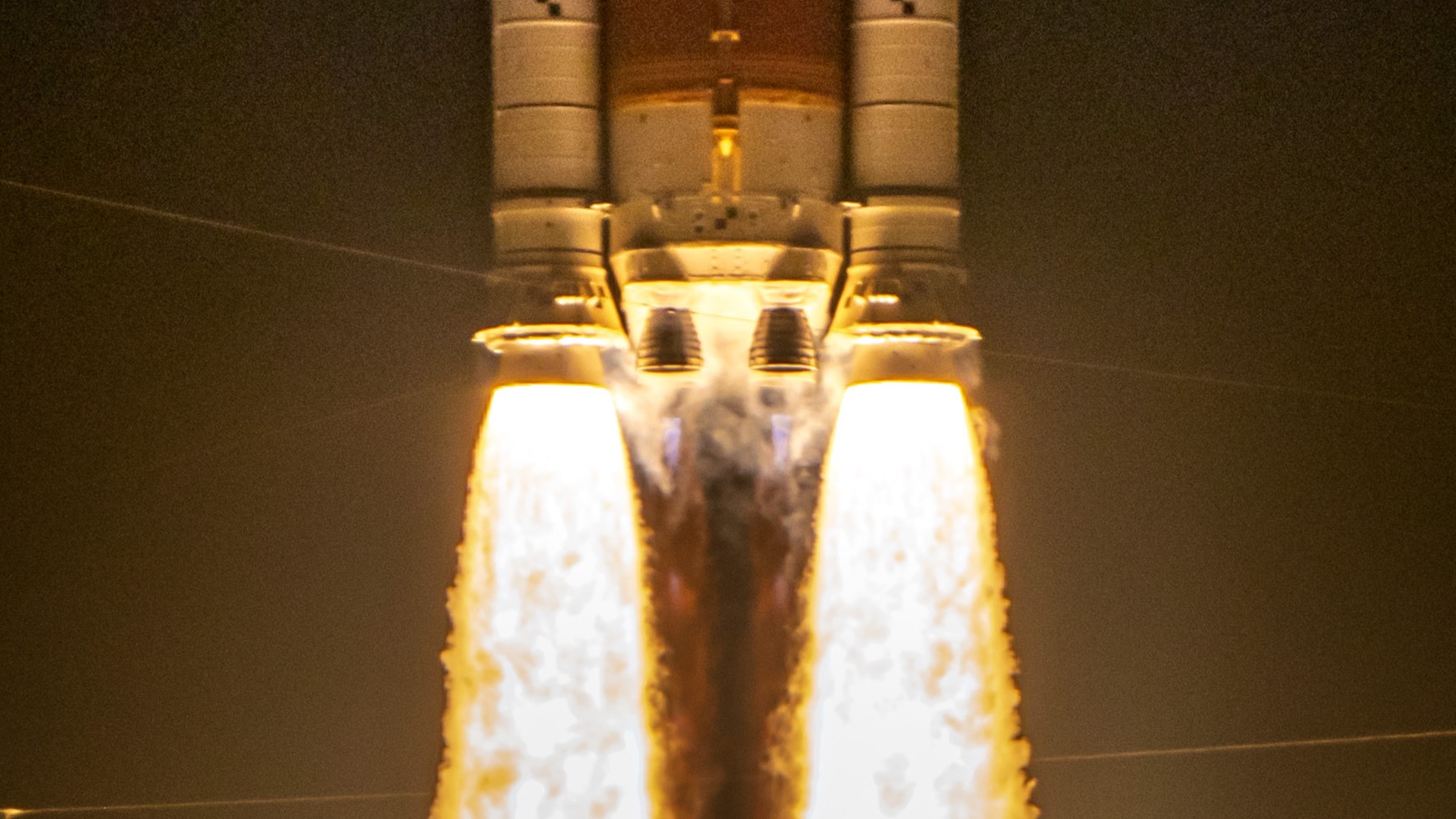
Feb. 5: NASA's Artemis 2 mission is expected to launch no earlier than Feb. 5, during a window open several days each month through April 2026. Artemis 2 will send three NASA astronauts and one Canadian Space Agency (CSA) astronaut around the moon for the humanity's first lunar excursion in more than 50 years. The mission will launch the crew aboard an Orion spacecraft on NASA's Space Launch System (SLS) rocket, on a free-return trajectory lunar flyby to the moon and back to Earth.
-
NASA commander Reid Wiseman, NASA pilot Victor Glover, NASA mission specialist Christina Koch and CSA mission specialist Jeremy Hansen will fly around the moon on a roughly 10-day-long mission.
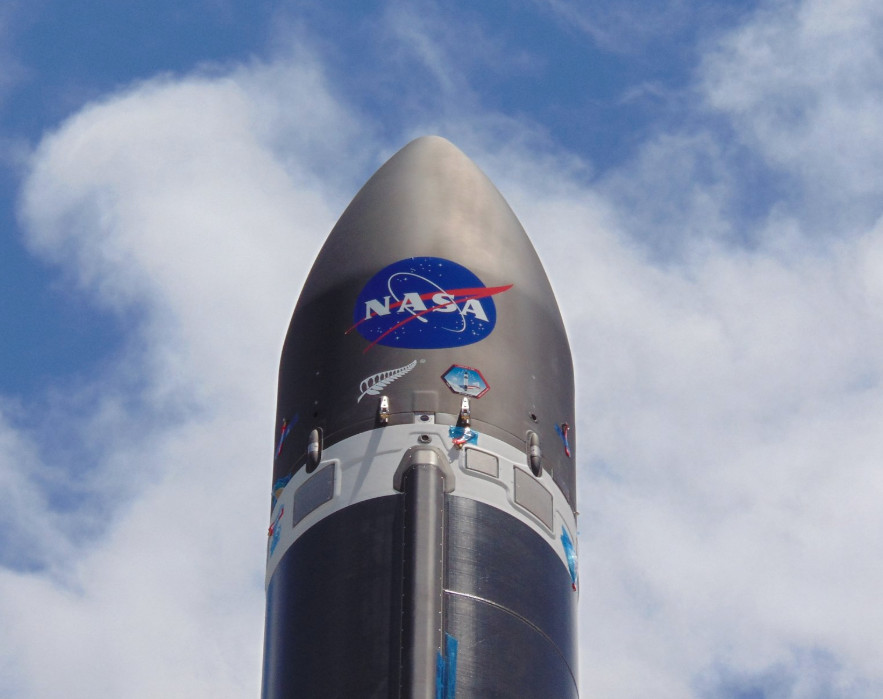
Q1 2026: Rocket Lab will launch an Electron rocket with NASA's Aspera smallsat satellite. Aspera will examine hot gas in the space between galaxies, called the intergalactic medium. The mission will study the inflow and outflow of gas from galaxies, a process thought to contribute to star formation.

NET May 2026: California-based startup Vast Space plans to loft its Haven-1 outpost aboard a SpaceX Falcon 9 rocket no earlier than May 2026. Haven-1 — which will eventually be incorporated as a module into a larger space station, and will be followed in quick succession by Vast-1, a four-person jaunt to the new station that could last up to 30 days. Vast-1 will also launch atop a Falcon 9, and its astronauts will ride on a SpaceX Dragon capsule.
-
Read more: SpaceX and Vast want ideas for science experiments on Dragon spacecraft and Haven-1 space station
Past Events
Browse past events >
Breaking space news, the latest updates on rocket launches, skywatching events and more!
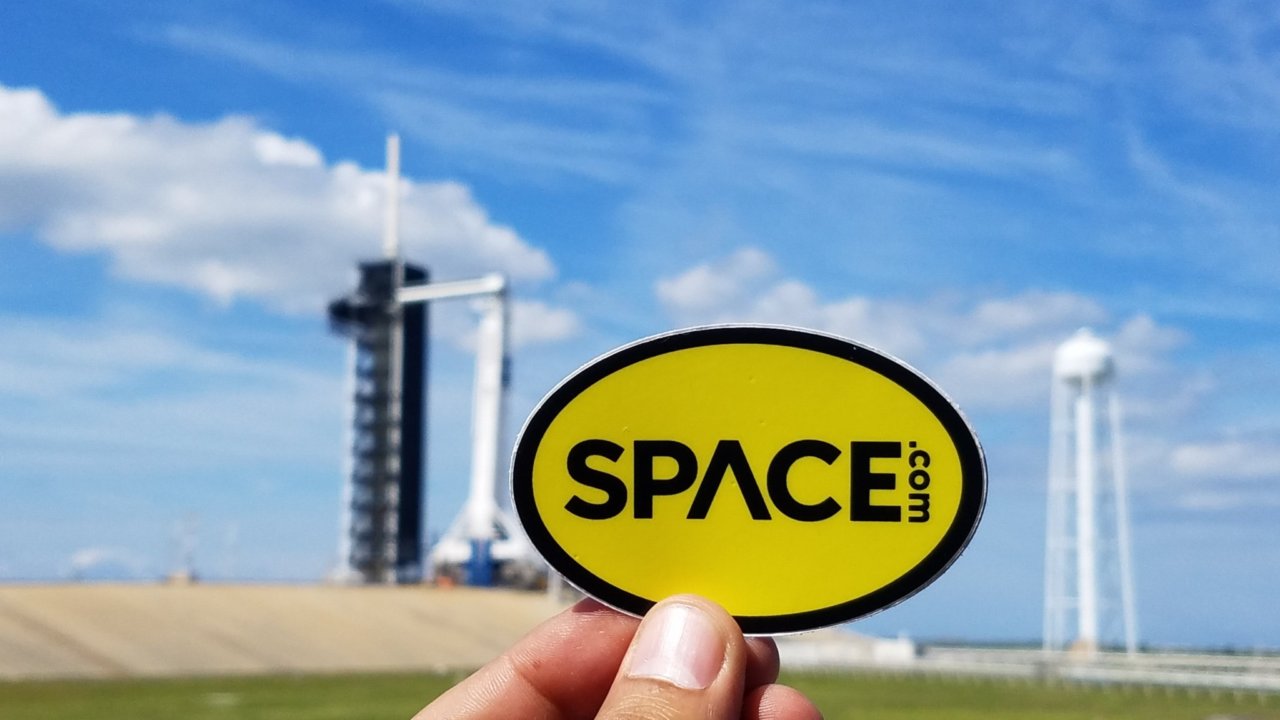
Space.com is the premier source of space exploration, innovation and astronomy news, chronicling (and celebrating) humanity's ongoing expansion across the final frontier. Originally founded in 1999, Space.com is, and always has been, the passion of writers and editors who are space fans and also trained journalists. Our current news team consists of Editor-in-Chief Tariq Malik; Editor Hanneke Weitering, Senior Space Writer Mike Wall; Senior Writer Meghan Bartels; Senior Writer Chelsea Gohd, Senior Writer Tereza Pultarova and Staff Writer Alexander Cox, focusing on e-commerce. Senior Producer Steve Spaleta oversees our space videos, with Diana Whitcroft as our Social Media Editor.
You must confirm your public display name before commenting
Please logout and then login again, you will then be prompted to enter your display name.
